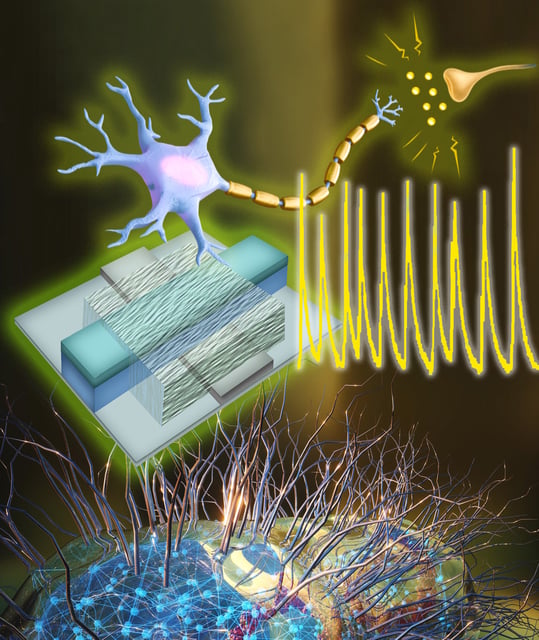Overview
- The device runs at about 0.1 volts, matching living neurons and cutting prior designs’ voltage by roughly tenfold and power by about 100-fold.
- Researchers report matching signal amplitude, spiking energy, firing dynamics, and frequency response to biological benchmarks.
- In lab tests, the artificial neuron connected to a biological cell to process cellular signals in real time and interpret cell states.
- Low-power operation is achieved by integrating a memristor built with protein nanowires from Geobacter sulfurreducens.
- The peer-reviewed Nature Communications study points to energy-efficient bioelectronics and sensors that may avoid signal amplification, with practical applications still in development.

